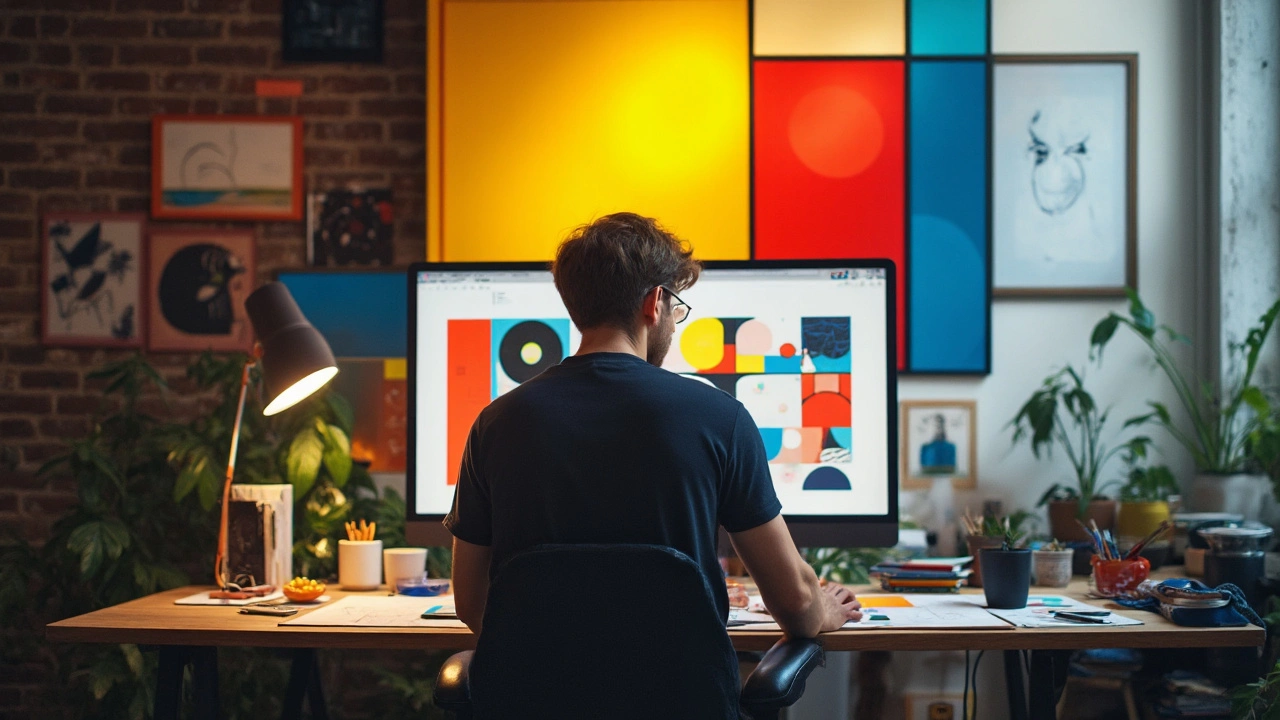Typography: Practical Tips for Artists & Designers
Good typography can make or break how people read your work. It’s not just picking a pretty font — it’s about clarity, mood, and how words sit in space. Whether you’re designing a poster, a gallery label, or a website, simple choices change how your message lands.
Start with purpose. Ask: who will read this, where, and how? Headline type can be dramatic for prints and subtle on screens. Body type needs comfort and speed. Set your main goal before choosing styles.
Keep hierarchy clear. Use three levels max: headline, subhead, body. Give each a clear size gap and weight difference. A common setup works: big bold headline, medium subhead, readable body. This guides the eye fast.
Choose and pair fonts with care
Limit yourself to two type families. Too many fonts clutter the page. Pair a neutral sans with a readable serif for contrast, or use two sans families with different weights. Test pairings in the project context — print textures or screen glow change how fonts feel.
Watch spacing and line length. Aim for 45–75 characters per line for comfortable reading. Set line-height around 120–150% of the font size for body text. Fix awkward gaps by adjusting letter-spacing and kerning; those tiny fixes boost polish.
Make it work for screens and people
On the web use relative units (rem, em) so text scales with user settings. Pick systems that include fallback fonts and consider variable fonts for smooth weight changes without extra files. Check color contrast—text should meet accessibility ratios. For normal text aim for a contrast ratio around 4.5:1.
Think about context beyond screens. Large scale posters need heavier weights, while printed catalogs tolerate tighter spacing. For installations or signage boost size and simplify words—viewers often read at a distance or in motion.
Use typographic style as voice. Tight tracking and uppercase can feel loud and modern. A humanist serif reads warm and friendly. Match tone to content: a Bauhaus-inspired geometric sans feels industrial and clean, while Constructivist type can add bold, political energy to a layout.
Small tests save time. Print a swatch, view on mobile, and walk a few steps away from your piece. Does the headline still read? Is the body easy to scan? Those quick checks reveal problems fast.
Final checklist: limit fonts, set clear hierarchy, control line length and leading, check contrast, and test in real use. Typography is a practical tool—use it to make your art and design speak clearer, not just look nice.
Want quick inspiration? Look at movements that treated type as design. Bauhaus favored clean grids and geometric type, useful for modern layouts. Constructivism pushed bold, blocked type for statements and posters. For photo-rich work, study photorealism labels to see how type sits with detailed images. Try a small project: create a one-page poster with a two-font system, set three levels of hierarchy, and test in print and on phone. Keep notes on what reads best. Over time you’ll build a small library of pairings and spacing rules that fit your style and save hours on every new piece. Save more time.

